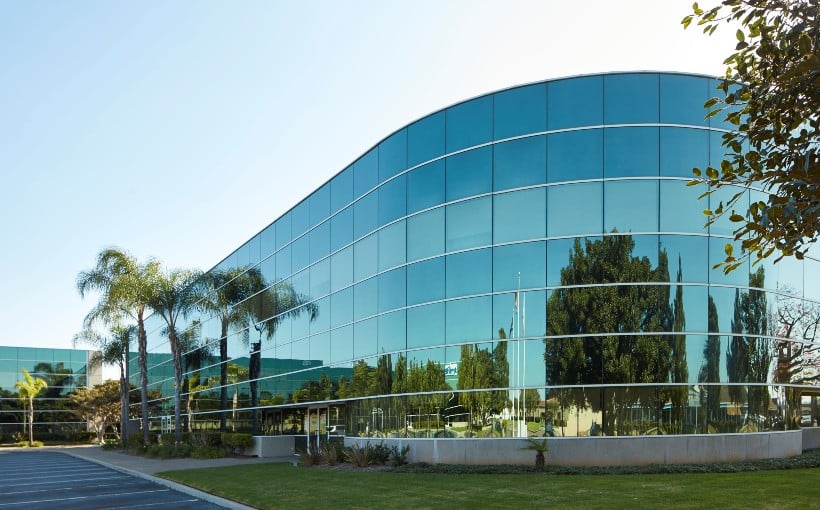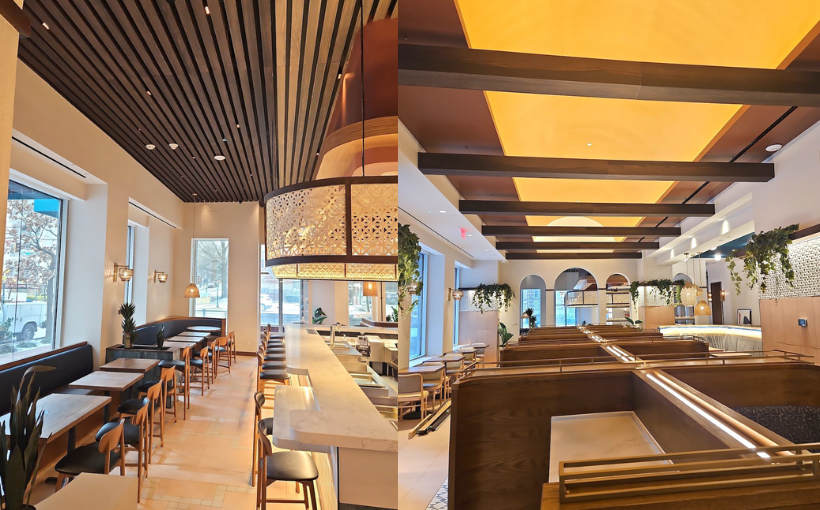The multifamily housing market has shown strong performance in 2023, despite a slowdown in rent growth and a slight decrease in occupancy rates. Like other real estate sectors, apartments have faced challenges with capital due to factors such as higher interest rates and risk-adjusted return price discovery issues.
However, there are financing options available for multifamily borrowers according to a recent report from Matthews Real Estate Investment Services’ Geoffrey Arrobio. In his write-up, Arrobio provides expert analysis on the current state of apartment financing including macro fundamentals, successful deals being made currently and predictions for 2024.
Challenging but Not Hopeless
While it is true that the cost of capital and lack of interest rate stabilization have had an impact on the market in 2023, Arrobio notes that investment capital remains selective when it comes to debt transactions and equity investments. Construction projects have been hit particularly hard by this trend.
On a positive note however, interest rates are beginning to stabilize. Additionally,borrowers facing maturities on their loans are finding alternative methods of financing their properties. According to Arrobio,”There remains ample private sources offering bridge loans or mezzanine/preferred equity solutions for those who need them.”
Strong Fundamentals Support Housing Demand
Despite some challenges within the industry,some underlying factors continue support demand for housing units across all segments.Arrobioliststhe ongoing shortageof affordable housingand difficulties associated with purchasing single-family homes as key drivers behind this demand.He also points out that these conditions will likely leadto continued successfor multi-family propertiesincluding build-to-rent communities whichhave seen solid lease-ups,strongoccupancyrates,and moderate rent growth.While there has beena slow-downinrent-growthvelocity overthe past few years,this can be attributedin partto new regulationsonrent controland increased supply.However,the rising costs associatedwith constructionwill ultimately limitnew developments,resulting indemandoutpacing supply.
Financing Deals are Still Happening
Despite the challenges, Arrobio notes that there is still capital available for specific deals. Government-sponsored enterprises (GSEs), life insurance companies, commercial mortgage-backed securities (CMBS), credit unions and private debt funds all have liquidity to lend. In some cases,banks may also be an option although many have stopped offering loans altogether.
Lenders are most interested in financing stabilized properties with a positive cash flow as well as acquisition/rehab projects and bridge financing for assets that require more time to stabilize or do not qualify for conventional fixed-rate options.However, obtaining construction financing has been difficult according to Arrobio.
What’s Next?
The multifamily sector will face a significant number of loan maturities in the coming years while interest rates remain higher than they have been over the past decade.This presents challenges for borrowers,butArrobiopresents several potential solutions including:
– Extending loan terms
– Refinancing with additional equity or rate buy-downs
– Restructuring loans
– Seeking rescue capital from investors
– Selling part or all of their property
Looking ahead,Arrobiobelieves thatthe multifamilyandbuild-to-rent sectorswill continue to thrive due todemandfor housing.He predictsthat over thenext 12to24months,investorsmay be ableto acquirepropertiesat lower pricesas banksand other lendersbegin offloadingnon-performingassetsfrom their portfolios.




